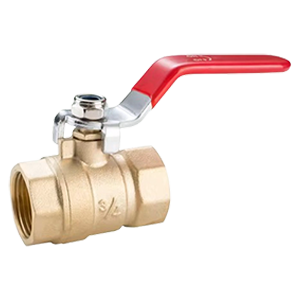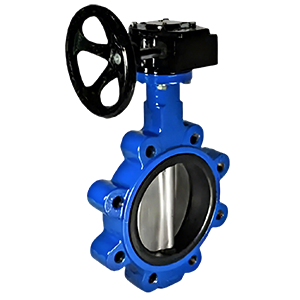In marine systems, where reliability and corrosion resistance are critical, valve selection can make a big difference in performance and maintenance. Two of the most common valve types used on ships are ball valves and butterfly valves. Both control fluid flow effectively, but they differ in structure, operation, and ideal application. Let’s take a closer look at their advantages and disadvantages in the marine environment.
Ball Valves: Tight Sealing and Reliable Operation
Ball valves use a spherical disc with a central hole to control flow. When the handle is turned 90 degrees, the valve either fully opens or closes.
Advantages of Ball Valves in Marine Use
-
①Excellent sealing performance: Ball valves provide a tight shut-off, preventing leaks even under high pressure. This is essential in marine fuel lines and bilge systems.
-
②Durability: Made from corrosion-resistant materials like bronze or stainless steel, ball valves withstand seawater exposure and high pressure.
-
③Easy operation: A simple quarter-turn handle makes them fast and convenient to operate, even in tight spaces.
-
④Low maintenance: Their compact design means fewer wear parts, reducing maintenance needs aboard ships.
Disadvantages of Ball Valves
-
①Higher cost: Ball valves are usually more expensive than butterfly valves of the same size.
-
②Heavier design: They can be bulkier, which may not suit systems with limited installation space.
-
③Limited throttling ability: Ball valves are not ideal for flow regulation; they work best in full open or full closed positions.
Because of these features, ball valves are preferred in fuel systems, compressed air lines, and hydraulic circuits where sealing and durability are top priorities.
Butterfly Valves: Lightweight and Space-Saving
Butterfly valves use a rotating disc mounted on a rod to control flow. When turned, the disc opens or closes the passage. They are widely used in cooling water, ballast, and ventilation systems aboard ships.
Advantages of Butterfly Valves in Marine Use
-
①Compact and lightweight: Their slim profile and light weight make them ideal for confined spaces in marine engine rooms.
-
②Cost-effective: Butterfly valves are generally more affordable, especially in larger diameters.
-
③Quick operation: Like ball valves, they require only a quarter-turn to open or close.
-
④Good for flow control: They can be used to regulate fluid flow more precisely than ball valves.
Disadvantages of Butterfly Valves
-
①Less tight sealing: The disc remains in the flow path, so they may not seal as completely as ball valves.
-
②Flow resistance: The partially obstructed design can create minor pressure drops.
-
③Vulnerability to wear: The rubber or elastomer seats can wear over time in seawater environments, requiring regular inspection.
Despite these drawbacks, butterfly valves remain popular for large-diameter pipelines and low-pressure systems where space, cost, and weight are key considerations.
Post time: Oct-23-2025


